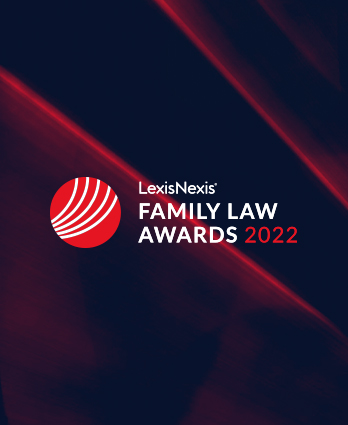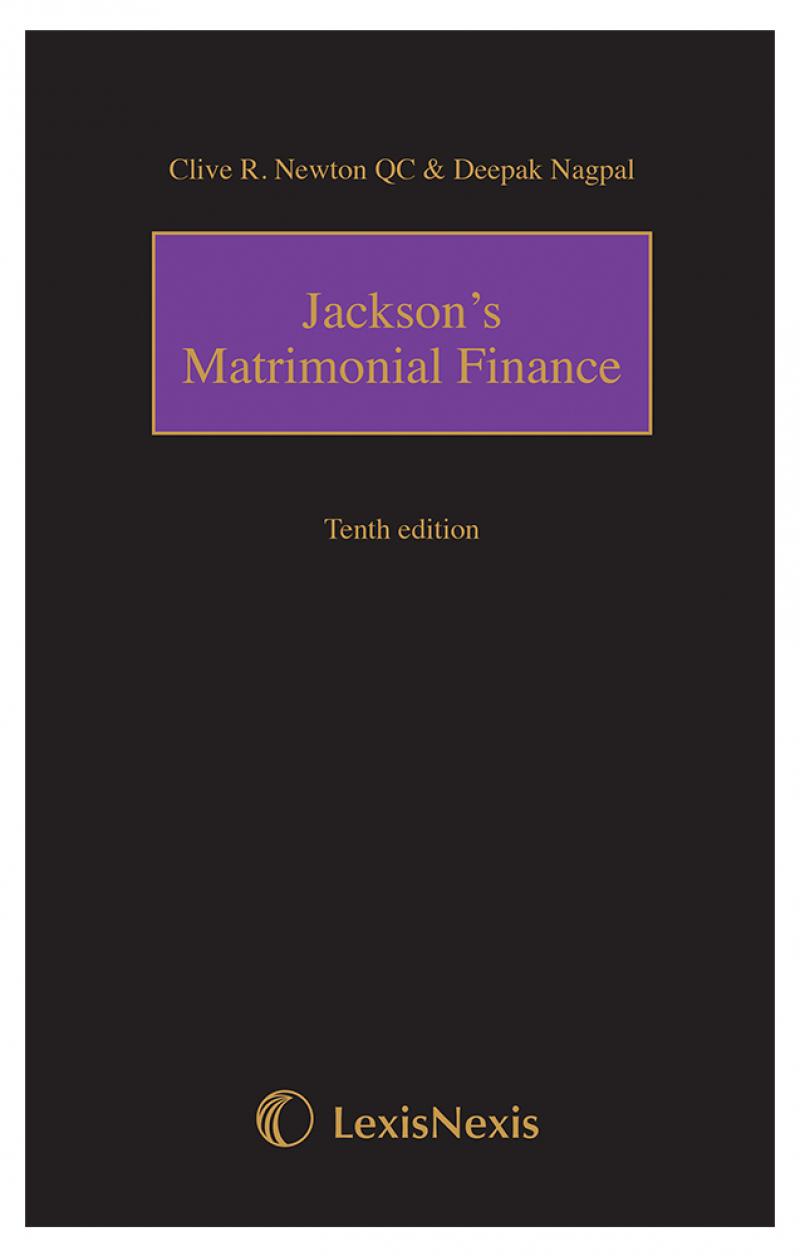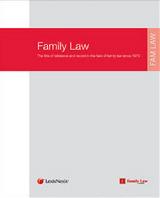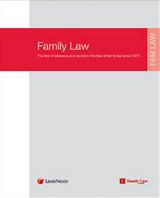- News & Comment
-
Online Shop
Online Services
Looseleafs
Law Reports
Books and eBooks
-
CPD & Events
Webinars
Events
- Authors
- About Family Law
- Contact












 25 MAR 2025
25 MAR 2025

 25 MAR 2025
25 MAR 2025

 25 MAR 2025
25 MAR 2025

 25 MAR 2025
25 MAR 2025

 25 MAR 2025
25 MAR 2025








 Privilege and confidentiality are topical. The Family Justice System's Young People's Board (children involved in care proceedings) have, amongst their ‘top five wishes', that there should be ‘more support when we just need to speak to someone' and that ‘we have a way to tell the people involved in our case about the good and bad bits, and know they would listen'.
Privilege and confidentiality are topical. The Family Justice System's Young People's Board (children involved in care proceedings) have, amongst their ‘top five wishes', that there should be ‘more support when we just need to speak to someone' and that ‘we have a way to tell the people involved in our case about the good and bad bits, and know they would listen'.
Children want to be heard. Who they can talk to is one thing. The privacy of what they say is quite another: court proceedings are already in prospect or under way. The child's party status may considerably affect the answer. Gillick says one thing if they talk to a doctor (but see also W v Edgell [1990] Ch 359); legal advice privilege (LAP) says another if it is to their lawyer they talk, in a ‘legal context' (Belabel v Air India [1988] Ch 317, CA). If they talk to a social worker - as did X, below - then the law is unclear.
Meanwhile, in R (Prudential plc and anor) v Special Commissioner of Income Tax [2013] UKSC 1 the Supreme Court held that LAP is limited to a defined range of lawyers (predominantly solicitors and barristers). Accountants giving advice on tax law do not count. If the common law is to change, it must be by Parliament. The narrow range of confidentiality, represented by LAP, remains unchanged.
In Re A (A Child) [2012] UKSC 60 the Supreme Court considered the privacy of a ‘young person', X, who had informed on the father of a child, A. X was told by the Court that her privacy (and probably her mental well-being: she was ill and wanted no more to do with the case having informed on A's father) must give way to the demands of justice. A fair trial enables only a very narrow band of information to be withheld from the court. In contrast D v National Society for the Prevention of Cruelty to Children [1978] AC 171, (1977) FLR Rep 181 allowed public interest immunity (PII) for a child welfare informer in the general interest of child protection. Lord Hailsham explained this: ‘...confidentiality itself [may be] a public interest' for example, information ‘given to an authority charged with the enforcement and administration of the law by the initiation of court proceedings'.
In Re A the Court (Lady Hale read its judgement) was clear: in principle X could be protected by PII. ‘That this is a class of information to which [PII] attaches has been established since [D v NSPCC]' (disposed of in a sentence). In Re A the protection of the informer was trumped by the demands of a fair trial.
Confidentiality is the thread through all this. The welfare of children links PII and confidentiality in Re A. Depending on whom the child talks to, LAP - outside the narrow scope of PII, always a person's best bet for real confidentiality - links the Prudential case with children in care proceedings who want to be heard. For a child who wants to keep it private: talk to a lawyer - always.
David Burrows is author of Practice of Family Law: Evidence and Procedure (Jordans, 2012). LAP is dealt with at 26.27-26.35 and PII in Chapter 29.
The views expressed by contributing authors are not necessarily those of Family Law or Jordan Publishing and should not be considered as legal advice.



